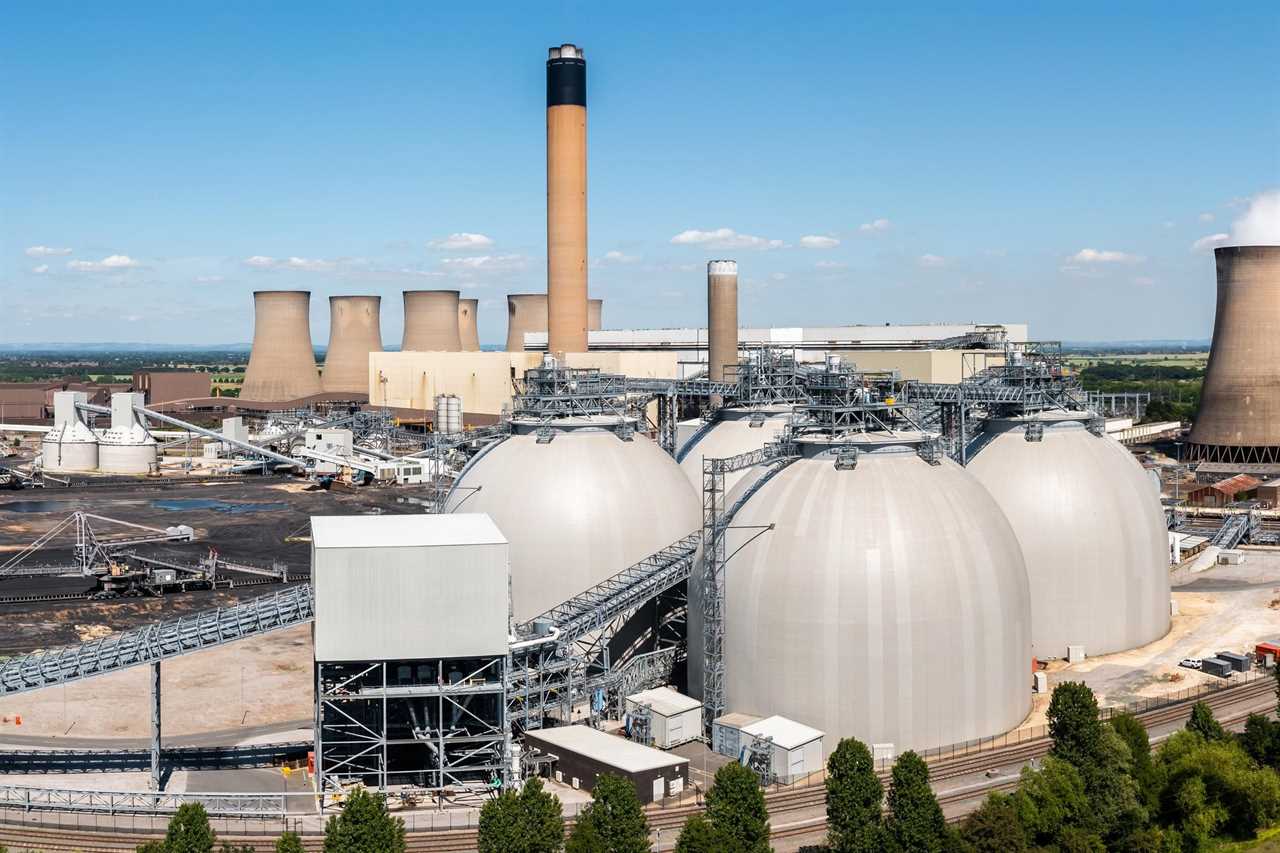When living things die, whether plant or animal, their decomposing remains become storehouses of usable energy.
Take wood, for instance. The discovery of fire allowed people to convert wood into thermal energy (heat). Metabolic waste products like manure are also chock-full of energy that can be converted into heat. All this organic matter represents an energy resource known as biomass, which has the potential to solve a lot of the world’s energy problems.
What Is Biomass Energy?
Simply stated, biomass energy is organic energy. It’s stored in dead and decaying organisms, as well as living ones, and in organic waste. Common sources of plant biomass energy include:
- Wood and wood waste;
- Food waste;
- Grass cuttings, leaves and dead plants;
- Plant matter from corn, switchgrass, sugarcane and other crops;
- Algae.
Burning is the easiest way to unlock biomass energy. Direct combustion, like burning wood for heat, is the most common method, but there are others:
- Pyrolisis: Heating organic matter to 800 or 900 degrees with little to no oxygen produces fuels like charcoal, bio-oil, renewable diesel, methane and hydrogen.
- Hydrotreating: Combining bio-oil with hydrogen and a catalyst in high heat produces renewable gasoline, diesel and jet fuel.
- Gasification: Heating organic material to 1,400 to 1,700 degrees and introducing controlled amounts of oxygen produces a hydrogen-rich synthetic gas, aka syngas. You can use this directly as a fuel, or separate the hydrogen for use in fuel cells.
Besides burning, biomass plants also chemically convert vegetable oils, animals fats and greases into biodiesel. They also produce ethanol and biomethane via fermentation.
Prior to the mid-1800s, biomass was the largest source of energy in the U.S., but in 2022 it accounted for only five percent of total primary energy consumption.
Today, the largest biomass processing plant in the world is in Severn Gorge, in the United Kingdom. The next largest are in Finland (three) and Poland. Together they produce more than 1.5 gigawatts of electrical power and several hundred megawatts of thermal power.
Benefits and Drawbacks of Biomass Energy

On an industrial scale, wood and other biomasses provide alternatives to fossil fuels for generating electricity and producing biofuels. The benefits include:
- A renewable resource: Unlike fossil fuels, biomass regenerates, albeit at different speeds. Trees take several years to grow back. But corn and grass, as well as manure and sewage, regenerate in months or even weeks.
- Controls pollution: Harnessing the energy stored in biomass utilizes the greenhouse gases that would be released if the material decomposed naturally. It’s a carbon-neutral process, i.e. the amount of carbon released by burning equals the amount in the organisms when they were alive.
- Abundant: All parts of the world have living material that can be harvested as biomass.
- Reliable: Unlike solar and wind energy, biomass energy can be produced anytime.
However, the production of biomass energy involves some serious drawbacks:
- Requires space: Biomass plants need lots of storage space, limiting places where they can be located. Some plants grow their own organic material for processing, requiring even more space.
- Inefficient: Burning wood in stoves is inherently inefficient because much of the heat produced is lost. Firing biomass in coal plants is the most efficient way to use it, it’s still only 45 percent efficient.
- Carbon-neutral but not carbon-zero: Unlike solar and wind energy, biomass energy production releases greenhouse gases.
- A negative environmental impact: Large-scale biomass energy production could lead to deforestation and monoculture crops. That results in soil depletion and the increasing need for fertilizers and pesticides.
Ways To Use Biomass Energy at Home
Burning wood in a fireplace or wood stove is the ages-old way to use biomass energy at home. But these days, homeowners also can burn pellets or wood chips. Because they’re produced from recycled wood and sawdust, they’re better for the environment. And pellet stoves are more efficient than wood stoves.
Other methods, like digesting biomass in an airtight container and collecting biogas for burning, are more suitable for large industrial plants than home use.
What Is the Future of Biomass Energy?
Biomass could be a viable alternative to fossil fuels for energy production. But for now, drawbacks prevent its widespread utilization. Large-scale plants in Europe and elsewhere demonstrate its viability.
Biomass, particularly wood, can be a truly sustainable alternative to fossil fuels under the following conditions:
- Governments manage forests to ensure new trees replace those cut for fuel;
- Wood used for burning offers little to no value for other uses;
- Harvesting is conducted with an eye toward biodiversity conservation and wildlife habitat preservation.
Did you miss our previous article...
https://rsssuperfeeds.com/life-hacks/how-does-a-dehumidifier-refresh-a-room






